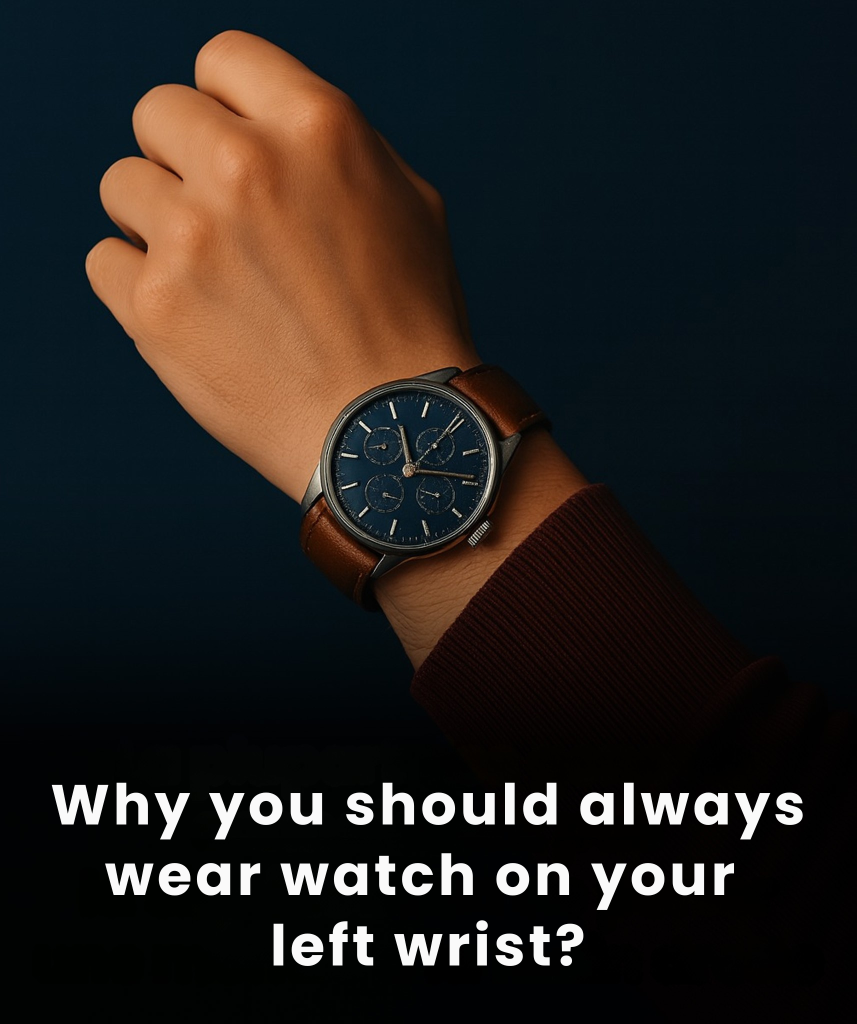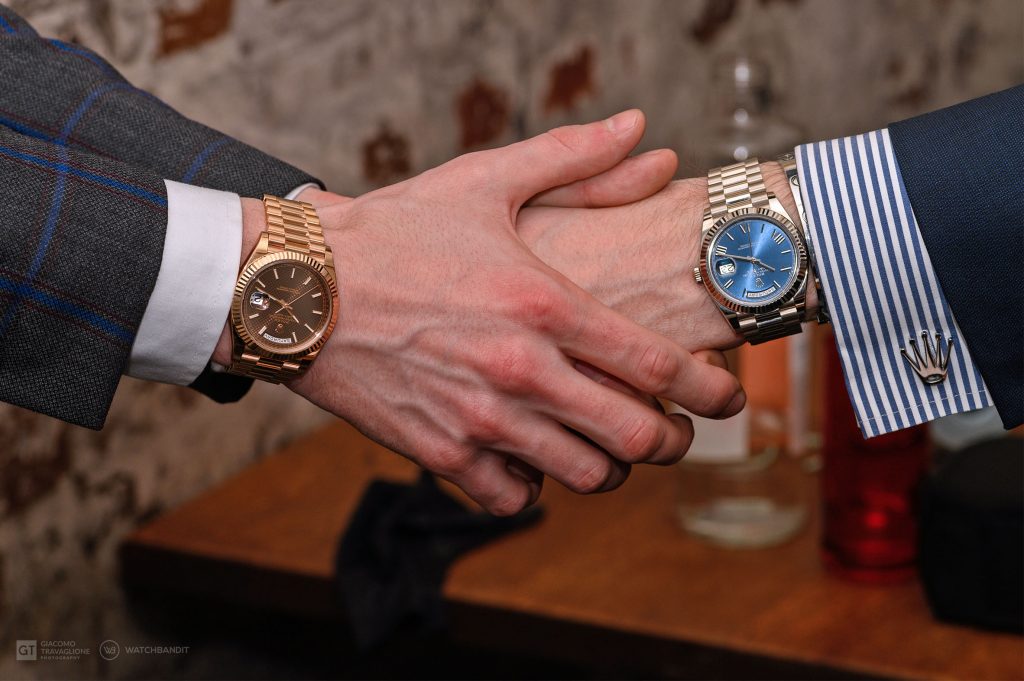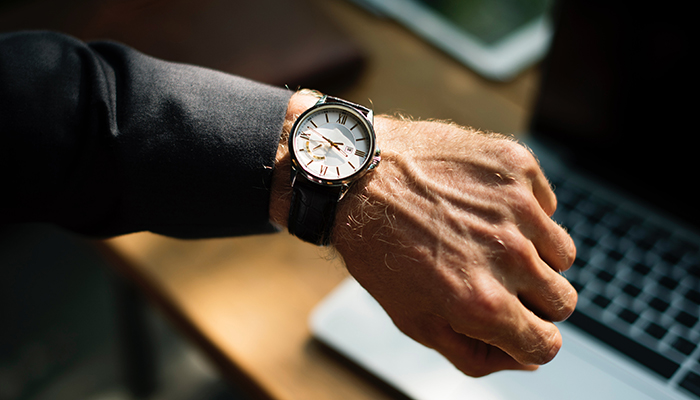
Most people wear their watch on their left wrist. It’s so common that we rarely stop to question it — until we notice someone wearing theirs on the right. At first glance, it may seem like a simple habit. But as it turns out, this small personal choice can carry more meaning than you might expect. From practicality to personality, even spirituality, the side you choose to wear your watch on could be more revealing than it seems.
It starts with function — but doesn’t end there

The traditional reason for wearing a watch on the left side is purely practical: most people are right-handed. Wearing the watch on the non-dominant hand keeps it out of the way while writing, cooking, or completing everyday tasks. Many watch designs also assume this, placing the crown (the knob used to adjust the time) on the right side of the case — perfectly positioned for left-wrist use.
But what about the exception to the rule? Why do some people — including right-handers — go against this convention and wear their watch on the right?
For left-handers, the choice is natural
The most obvious reason is handedness. If you use your left hand more often, keeping a bulky accessory like a watch on your right wrist can simply feel more comfortable. For left-handed people, it’s not a fashion statement — it’s a logical adjustment. Wearing the watch on the non-dominant hand helps prevent accidental bumps or scratches and makes it easier to go about daily life.
A small gesture that signals personal style

For others, it’s about standing out. Wearing a watch on the right wrist can be a quiet way to show confidence, creativity, or even a subtle form of rebellion. It’s a visual cue that says, “I don’t follow every rule.” Some public figures — from football legend Diego Maradona to style-conscious celebrities — have been known to favor the right wrist, not because it’s easier, but because it’s different.
Fashion aside, this small decision can say a lot about how someone sees themselves. Whether intentional or not, it may hint at a willingness to break convention or to lead rather than follow.
Symbolism and energy — what some believe about left vs. right
In certain cultures and belief systems, the left and right hands hold different symbolic meanings. The left is sometimes viewed as passive, representing intuition and receptivity. The right, in contrast, is linked to action and outward expression.
For some who believe in energy flow or spiritual alignment, wearing a watch on the right is symbolic — it’s a way to “own” or “control” time with the hand that leads, pushes forward, or shapes the day.
A quiet act of independence?
From a psychological perspective, small decisions like which wrist to wear a watch on can sometimes reflect a person’s self-perception. Nonconformists and creatives often express their individuality through subtle choices: an unusual accessory, a reverse routine, or — yes — even the way they wear their watch. It may be a subconscious way of signaling that they don’t see the world quite like everyone else.
Today’s trends put comfort first — but even comfort is personal

With the rise of smartwatches, convenience and comfort have become even more important. People are more likely than ever to choose the wrist that simply feels better, without thinking twice. But in an era of visual storytelling — where every photo can send a message — even casual choices like this are part of a broader personal image.
Some influencers and public figures have been spotted wearing smartwatches on the right, subtly reinforcing their distinctive brand.
So which side are you on?
Next time you glance at someone’s wrist, take a second look. Whether they chose the right for comfort, style, or symbolism, it might be telling you something about who they are — or who they want to be.
After all, time isn’t just something we manage. Sometimes, it’s something we wear.